History of El Torreon and Cowtown Ballroom
Introduction
Text-to-speech Audio
Kansas City has a rich history of music and dance, previously addressed on the second floor with the coverage of the Jazz scene. Music and dance clubs, also known as ballrooms, were highly popular throughout the 20th century. Known as the "Paris of the Plains," Kansas City had many establishments that influenced the city's vibrant nightlife. Located at 31st and Gillham Streets, El Torreon Ballroom opened in 1927 and closed in 1934, due largely to the economic conditions of the Great Depression. The ballroom was converted to a roller rink from 1937 until the 1960s and reopened for live music performances in 1971 as the Cowtown Ballroom. While El Torreon had a house band led by Phil Baxter during the Jazz and Big Band age, Cowtown served as a popular venue for rock music. Although only open as the Cowtown Ballroom from 1971 until 1974, it gained national acclaim during that period as a premiere live music venue and hosted some of the leading stars of the era in addition to eclectic local musical acts.
Images
Cowtown Experience Panel
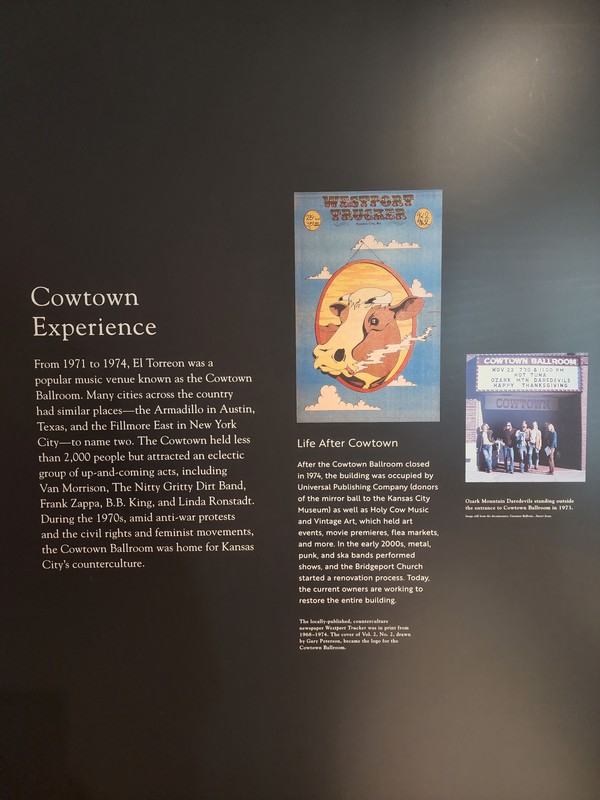
Cowtown Ballroom
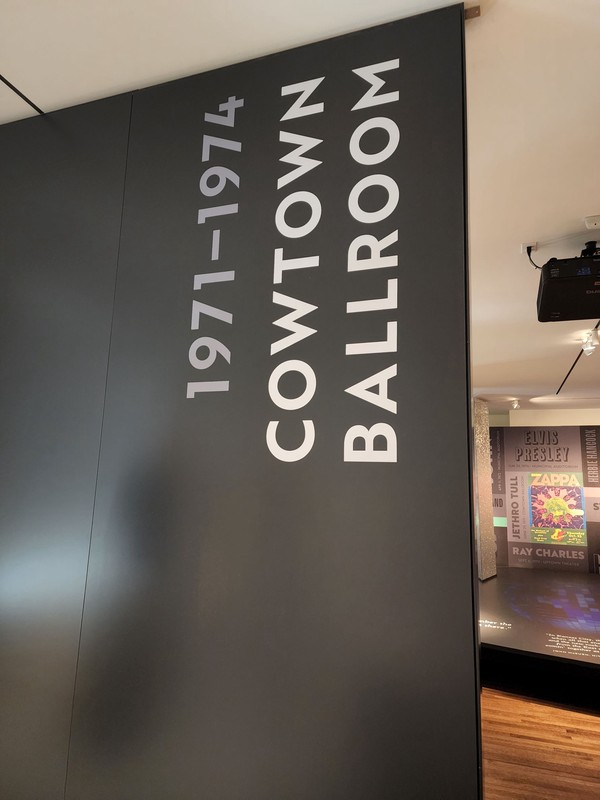
Fashionable Jeans from the era of Cowtown
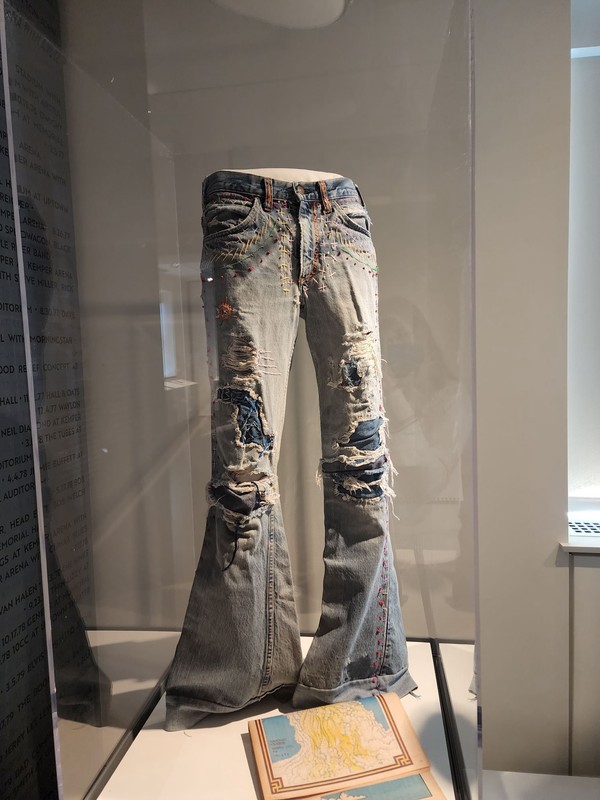
El Torreon Ballroom
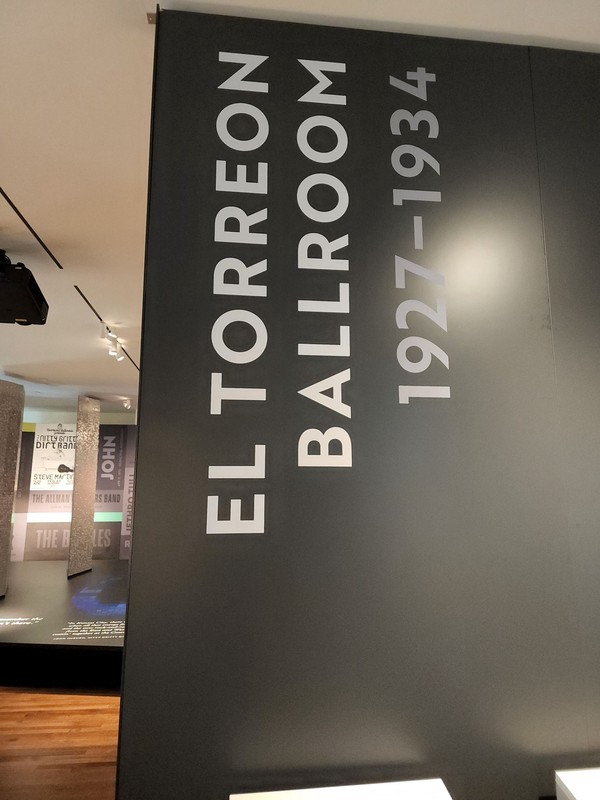
Edward R. Murrow Quote
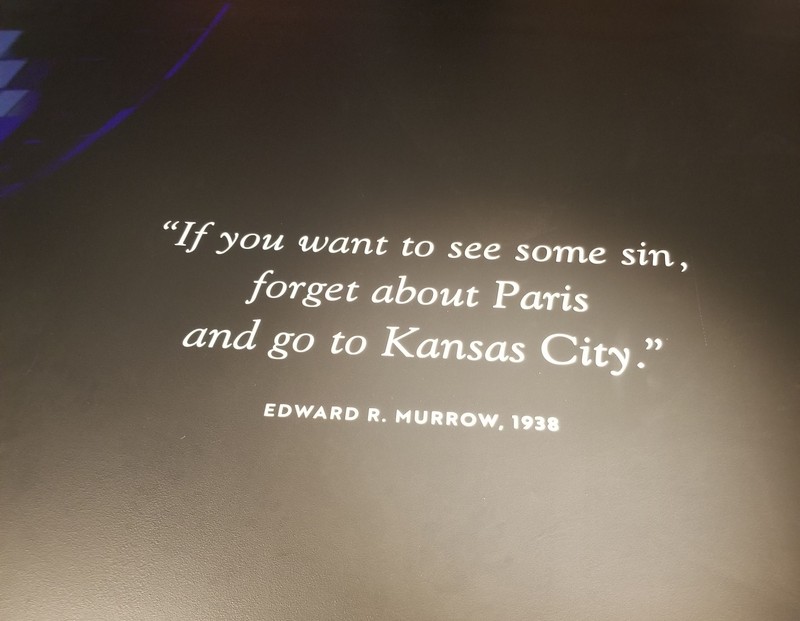
El Torreon Experience Panel
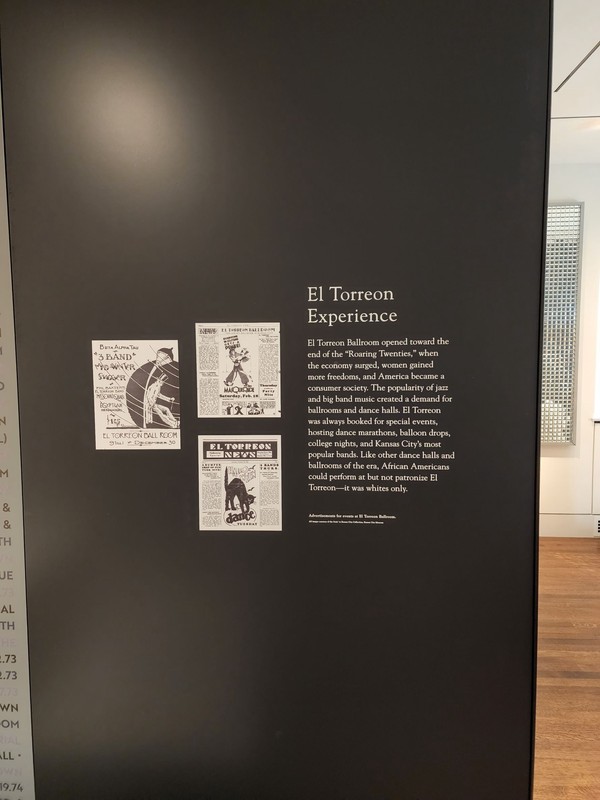
El Torreon Panel
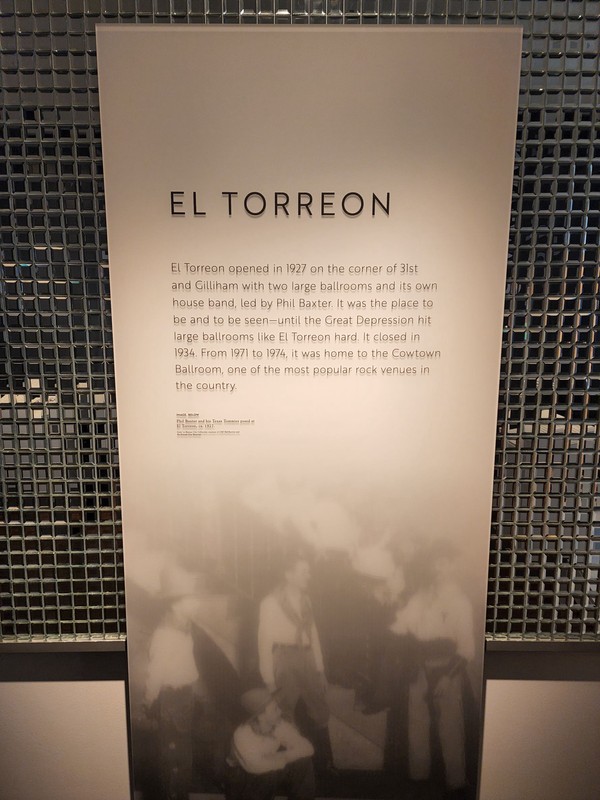
Backstory and Context
Text-to-speech Audio
Kansas City's music scene has a rich history with legends such as Bennie Moten and the Blue Devils transforming the jazz scene in the 1920s and 1930s. As covered in another exhibit, Kansas City's jazz had a unique sound that was both an amalgamation of regional genres and a style all its own. Even before the popularity of jazz, Kansas City had deep cultural roots in music with orchestras and big bands. Music became a powerful entertainment outlet, leading to the development of dozens of dance and music halls. Throughout the 1920s and 1930s, Kansas Citians attended dances and concerts at such halls by the crowd, leading to vibrant nightlife in the area. During Prohibition, neighboring Kansans would travel to Kansas City, Missouri, where drinks could be found quite easily. After the end of Prohibition, Kansas City continued to provide nighttime entertainment for residents and visitors, with options ranging throughout the night, earning it the nickname, "Paris of the Plains."
The El Torreon Ballroom, although short-lived, was a popular dance hall in the late 1920s into the 1930s. Opened in 1927, El Torreon featured its own live band with Phil Baxter as its leader. Offering two separate ballrooms, El Torreon provided dancers with extensive room for hours of entertainment and fun. The dance hall hosted many events, such as college nights, dance marathons, balloon drops, and concerts by visiting musicians. Unfortunately, like many dance halls of the time, only whites could patronize the El Torreon. While African American musicians could perform at the dance hall, they could not attend as a customer. Such segregation demonstrated the deep-seated inequality that permeated Kansas City throughout the 20th century, continuing to leave its mark on the city today.
El Torreon closed in 1934 due to the Great Depression, but the building remained, and it would eventually be given new life in many different ways. After its initial closure, the El Torreon was converted into a supper club. This was short-lived, however, and in 1937, the space became a roller rink, a craze sweeping the nation at the time. A pair of clamp-on roller skates displayed at the Kansas City Museum, once shared by the Gorman sisters, shows the equipment used by many in the booming industry. The roller rink remained in business until 1962. Nearly a decade passed before the legacy of the El Torreon Ballroom was re-imagined in The Cowtown Ballroom.
Opening in 1971, Cowtown Ballroom operated as a popular, nationally-known rock music venue. Acts such as Van Morrison, Frank Zappa, and B.B. King were only a few of the musicians that performed at Cowtown. Its popularity spiked despite its small stature: the ballroom could only hold 2,000 occupants at once. Cowtown became a hub for the Kansas City counterculture, which grew with the rise of anti-war protests, especially against the Vietnam War, the feminist movement, and the civil rights movement. The counterculture movement embraced individuality and encouraged freedom of expression. The movement also sparked opposition to mainstream media and goods, opting for more "underground" or unknown companies, musicians, and publications. However, while the counterculture persevered throughout the 1970s, Cowtown closed in 1974. Although its life was brief, Cowtown left a legacy in Kansas City.
Inhabited by Universal Publishing Company and Holy Cow Music and Vintage Art after the end of Cowtown, the historic building maintained a foothold in Kansas City throughout the years. In 1976, Universal Publishing Company donated the famous mirror ball that once hung over a ballroom in the El Torreon, allowing a piece of history the chance to be shared with the public. The 2000s saw a rekindling of the Cowtown spirit, with various metal and punk bands performing in the space, representing the rise of a new generation's counterculture. With plans of restoration by its current owners, the historic space may once again become a place for community movements and countercultures, or simply a place for fun and engagement, continuing El Torreon's and Cowtown's legacy.
Sources
Kansas City Museum, 3218 Gladstone Blvd., Kansas City, MO, 64123 (accessed March 8, 2022). Wall Plaques: Wall text. Curating a Museum: A History of El Torreon and Cowtown Ballroom, Kansas City Museum, Kansas City, Missouri.
